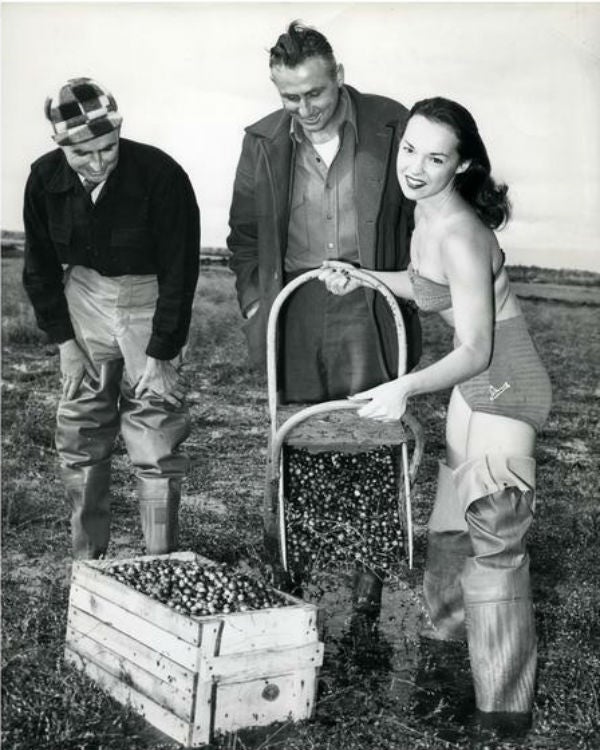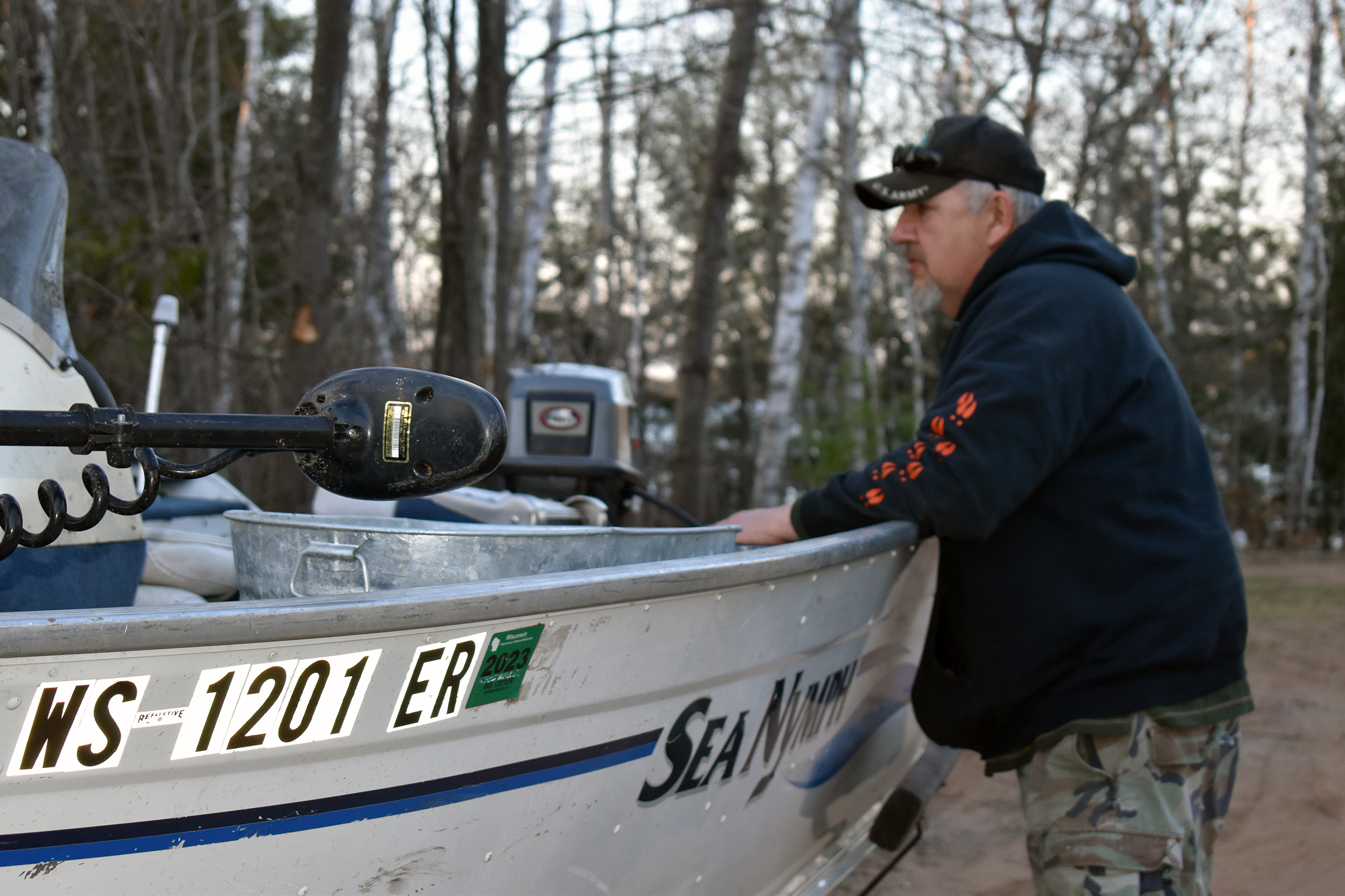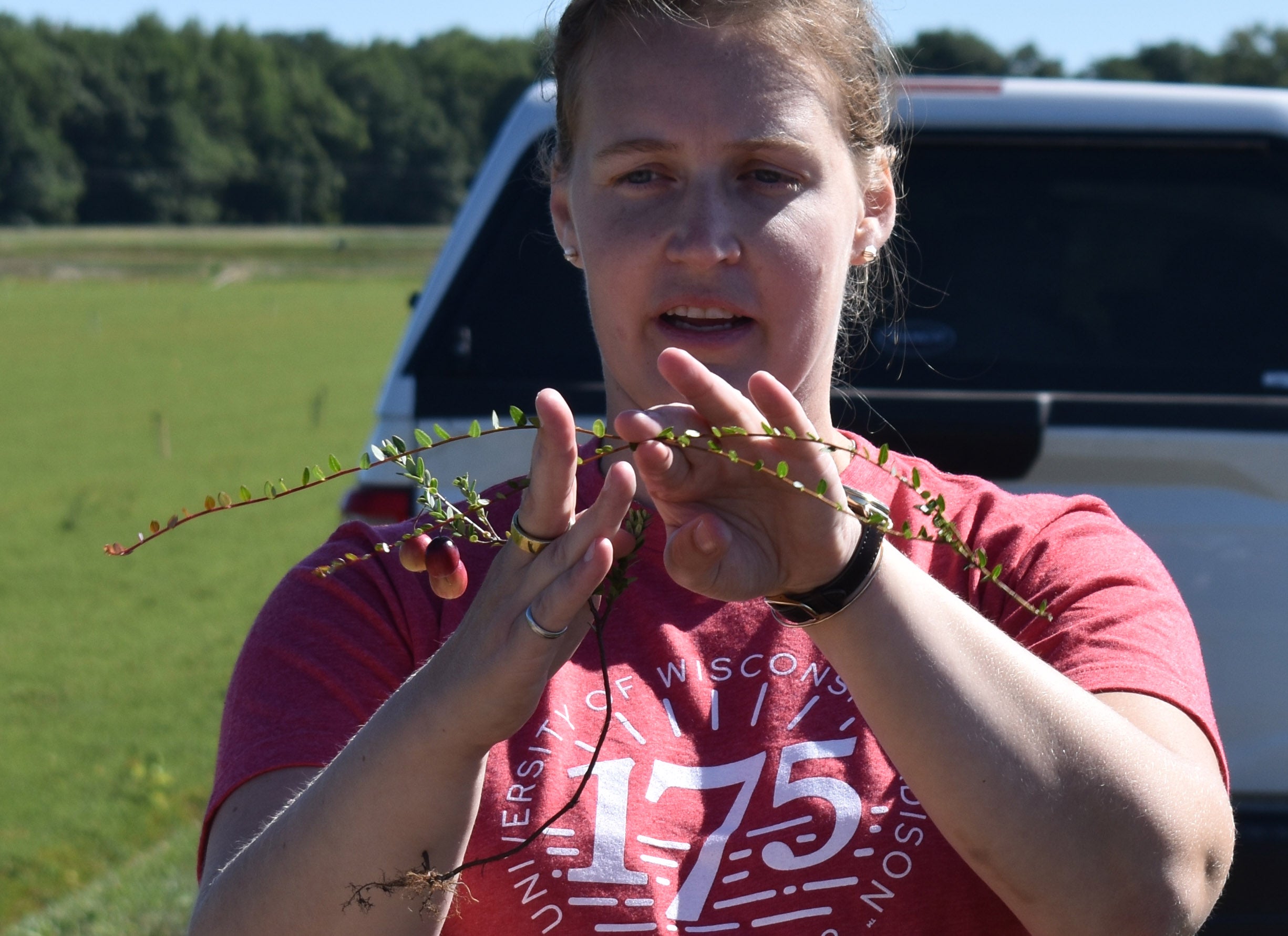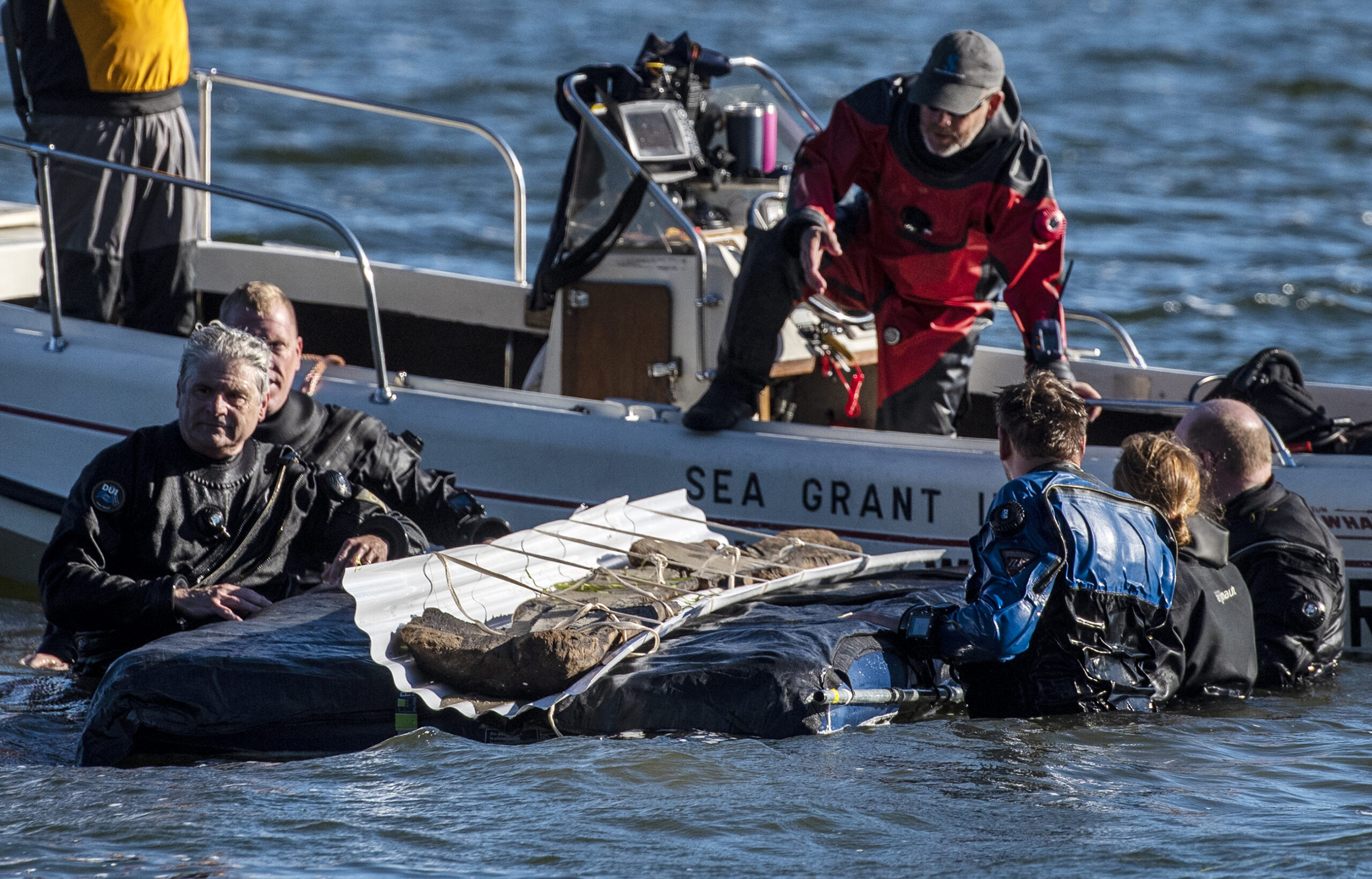Every fall, the nation’s biggest cranberry crop surfaces in central Wisconsin marshes.
To help promote the state’s berry industry in the late 1940s, a beauty queen posed in the field wearing a bikini (the latest style — the modern bikini was introduced in 1946) and its perfect accessory, hip waders.
The name “cranberry” derives from the plant’s pink blossoms that resemble the head and bill of a crane. Wild cranberries are native to the state. They are, along with the blueberry and Concord grape, one of the continent’s three native fruits now grown commercially.
Stay informed on the latest news
Sign up for WPR’s email newsletter.
Native Americans harvested cranberries for centuries, and began trading them with Wisconsin settlers in the mid-19th century. Commercial production began in Green Lake County in the 1850s. The industry later shifted to Tomah, Warrens and Wisconsin Rapids.
Cranberries don’t grow in water. They grow on vines that are flooded in the fall so the berries float to the surface.
Before the mechanization of harvesting in the 1950s, migrant and Native American workers poured into the area in the wielding cranberry rakes (also seen above in the woman’s hands). The rake allowed leaves and stems to pass through the tines of the large comb at one end while the berries collected in the basket.
During World War II, German prisoners of war worked in cranberry bogs near Wisconsin Rapids.
Today, nearly all Wisconsin’s cranberries are harvested by machine.
Wisconsin Public Radio, © Copyright 2024, Board of Regents of the University of Wisconsin System and Wisconsin Educational Communications Board.




